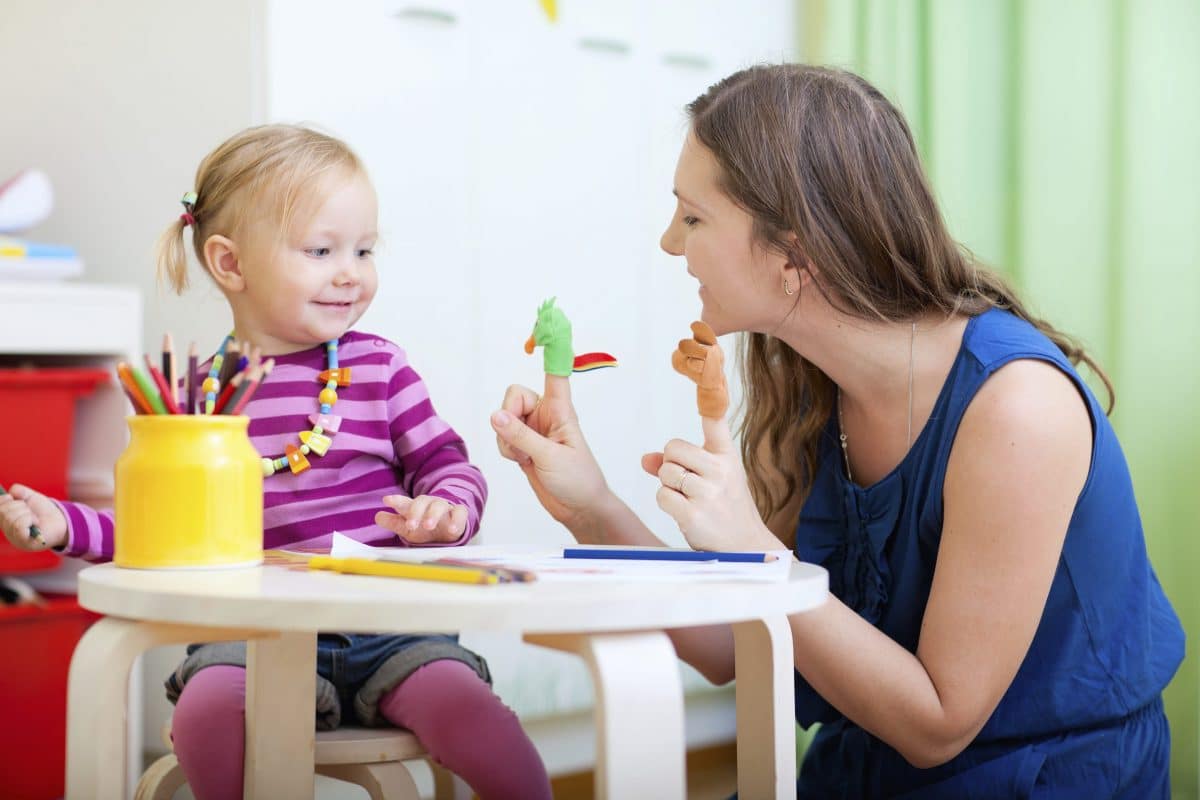
Laterality is the specialization that each of the hemispheres has in the functioning of our brain. In boys and girls, to know which side is predominant, we will look at their hands, feet, eyes and ears.
Right-handed children use their right side more, left-handed children their left side, but there are boys and girls, who use both sides of the body equally, it is what is called mixed laterality, and others in which a different type of laterality predominates in each member, is what is called crossed laterality. We will talk to you about both sides and the tests you can do at home to detect which one your child has.
Types of laterality and dominance

- Dominance manual and foot, indicates the hand and foot that the child naturally uses. Some of these actions are grabbing a falling object, kicking a ball, standing on one foot.
- Dominance ocular and auditory. Although both eyes and ears are necessary, you can try asking the child to point, or to put the phone to his ear. In a natural way he will choose the one that predominates him.
The types of laterality are:
- Homogeneous laterality when the dominant hand, foot, eye and ear are on the same side. Either on the right side (right handed) or the left side (left handed).
- Cross laterality when there is a laterality other than the manual for feet, eyes or ears. This is the kind of most studied laterality because it can cause problems in learning to read and write.
- Disgruntled laterality it is when the child has invested in some or some limbs his natural tendency. Before it was very common for left-handers to be forced to write with the right, for example.
- Mixed laterality it is when the boy or the girl is equally skilled with either of the two parts of the body (right-left) to carry out all the activities.
Tests you can do at home

Children, in general, up to 5 years old do not have a clear dominance, and even afterwards. Some previous tests What you can do to see which side is the one that predominates in your child they can be.
Offer him a spyglass (it can be a roll of cardboard) and see which eye he chooses to look at, or which is the eye that he puts in the peephole of the door, In the same way, observe which ear approaches a wall to listen to the other side, or in which offers us for tell him a secret. Notice which foot he uses to kick, or roll an object on the ground, the hand he uses to brush his teeth, unbutton the buttons, paint or pick up an object that you throw at him.
It is important that you go writing down the results and do the test more than once and in different spaces. It may be that he uses one side or the other, not because he is his dominant, but because of a matter of space, comfort or imitation.
Is intervention in laterality necessary?

It's still very controversial the issue of whether or not to intervene when a crossed laterality is detected in order to correct certain irregularities. There are those who argue that early intervention prevents learning delays.
Professionals do agree on the suitability of not doing so in the case of left-handers, although the society is designed for right-handed people, if not, look at the doorknobs, or how certain utensils, such as scissors, only cut on one side. What is evident is that each child is a different case, and it is not possible to generalize about whether to intervene or not.
They will be the specialists, doctors and neurologists those who should advise you on the type of intervention. Because remember that the lateral tendency induces a distribution of functions between the two hemispheres and, therefore, if we apply a program against the neurobiological design to the child, the network of interhemispheric connections will be affected.